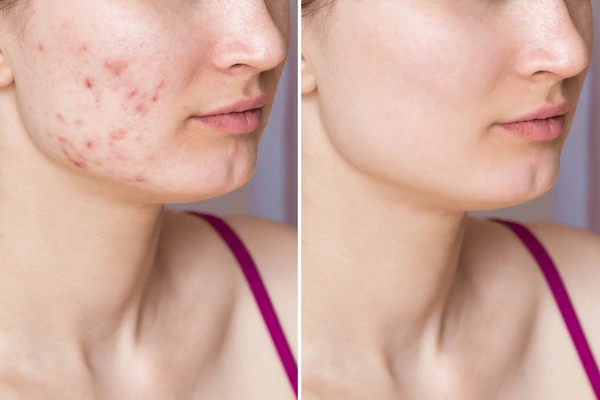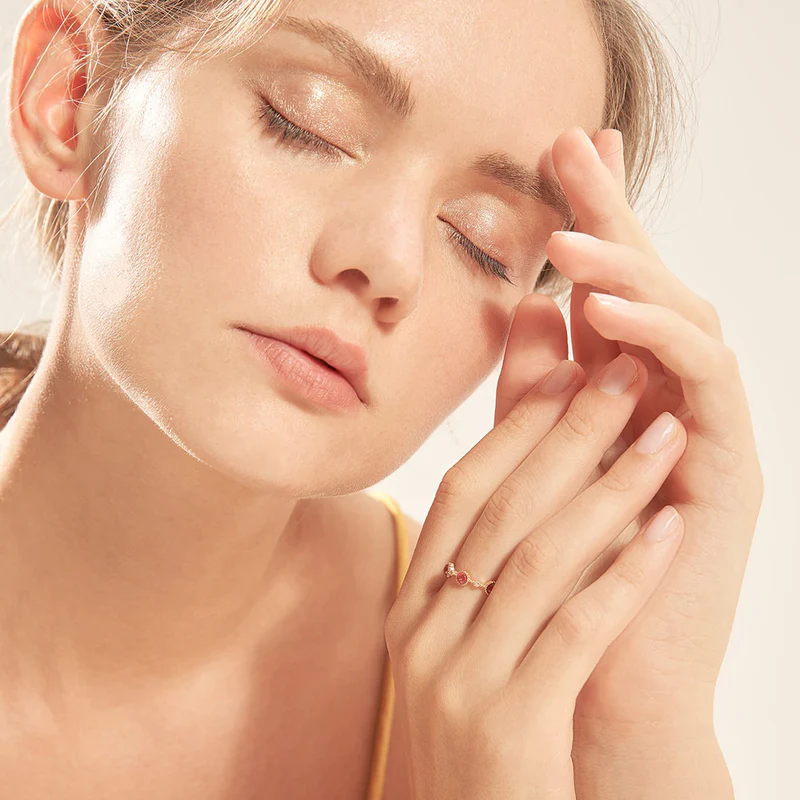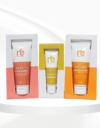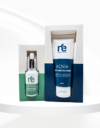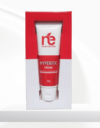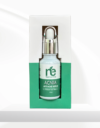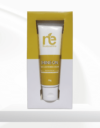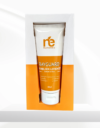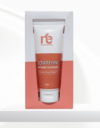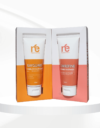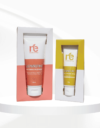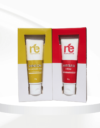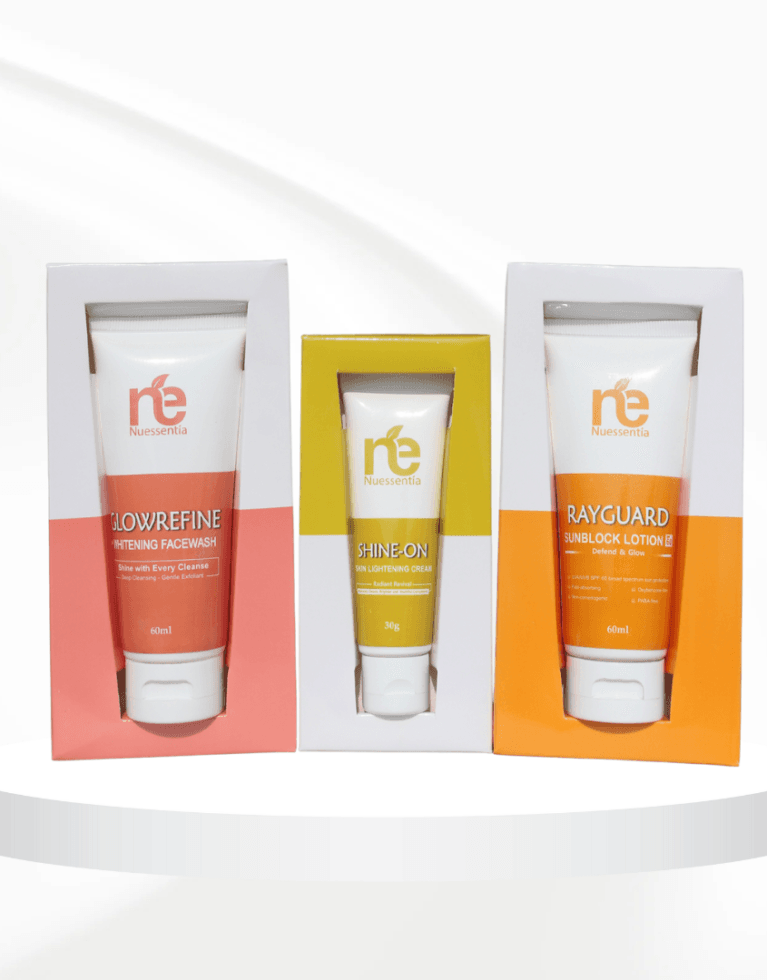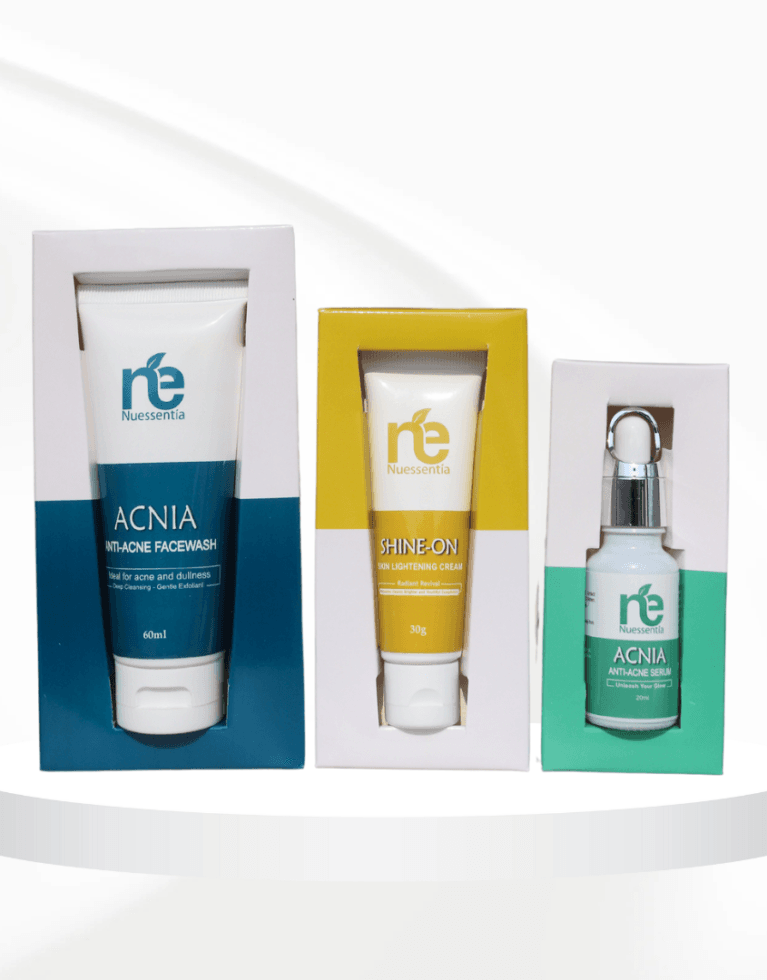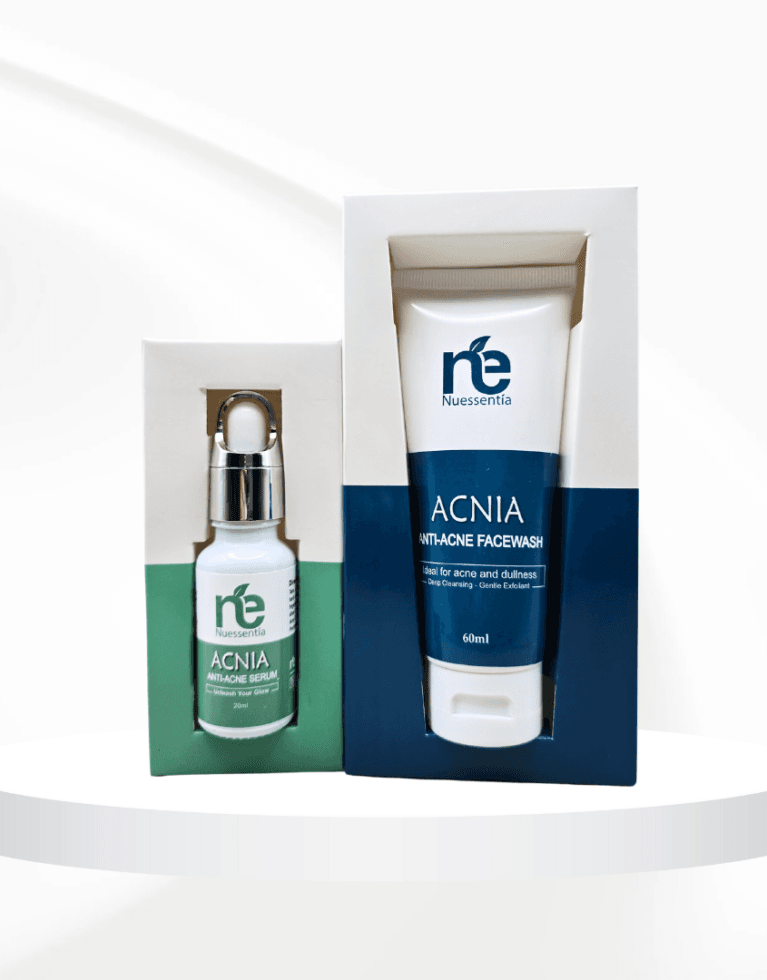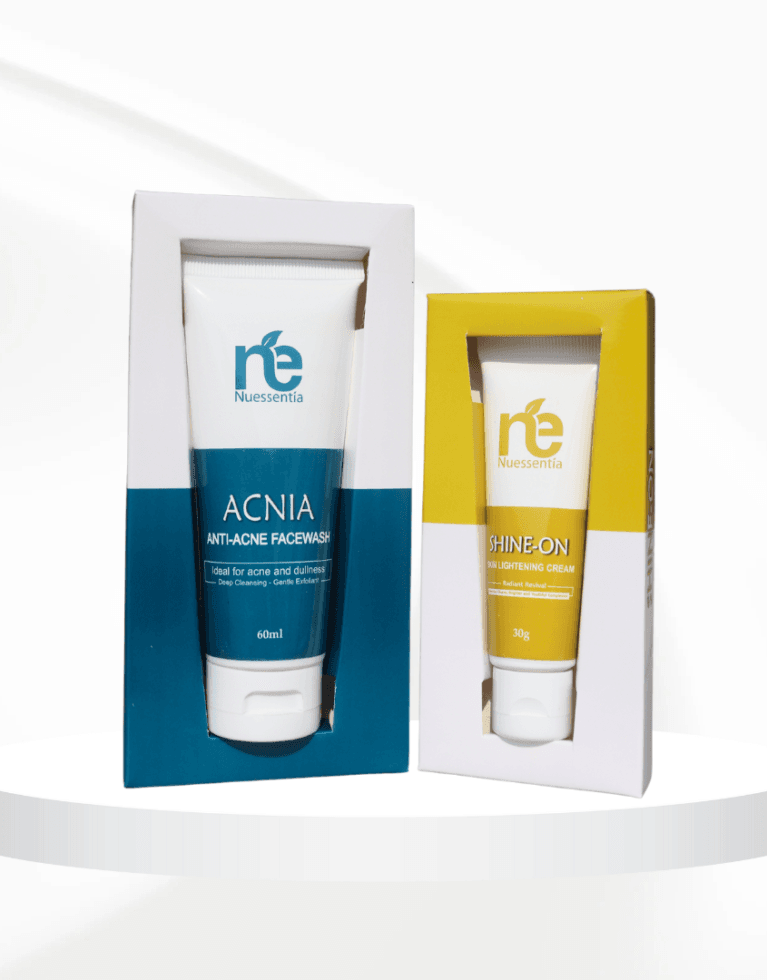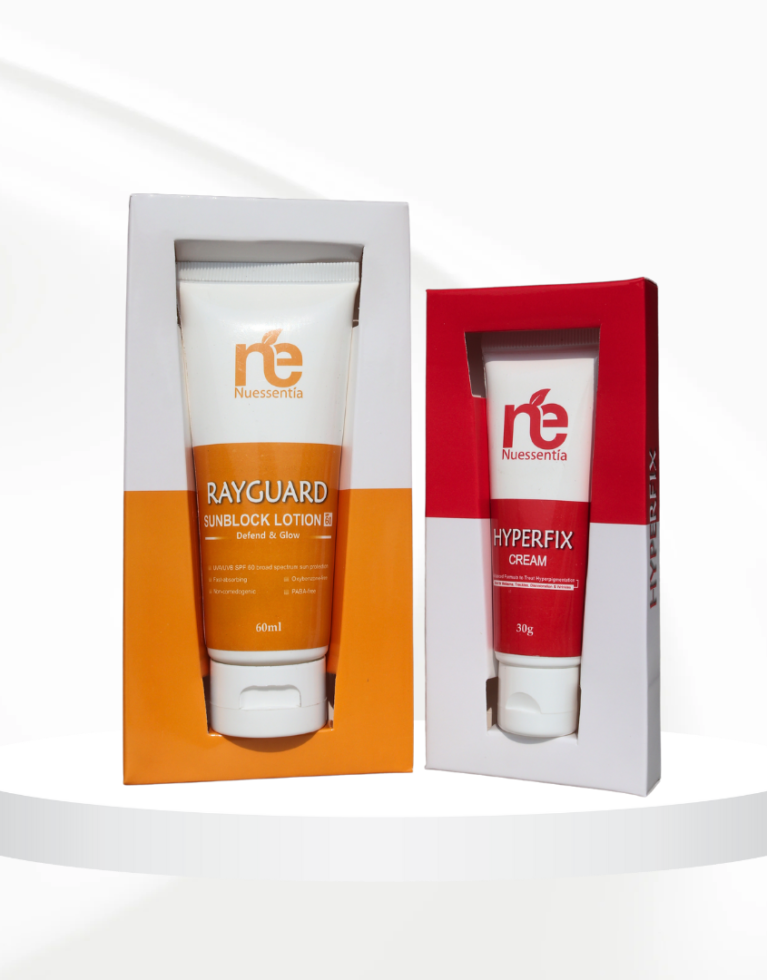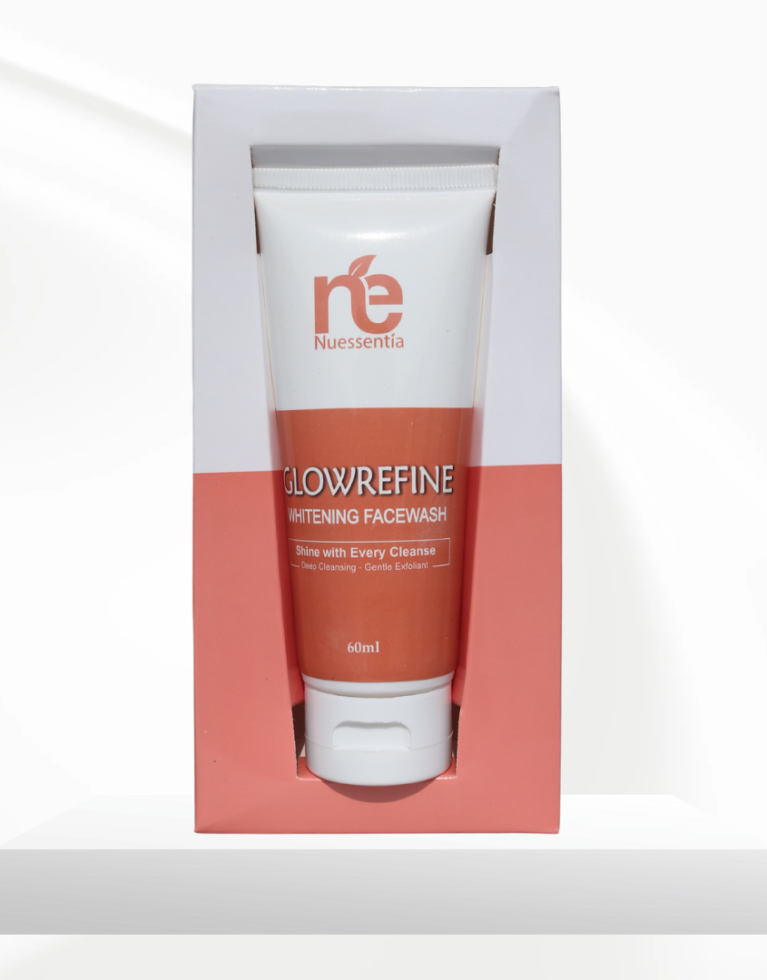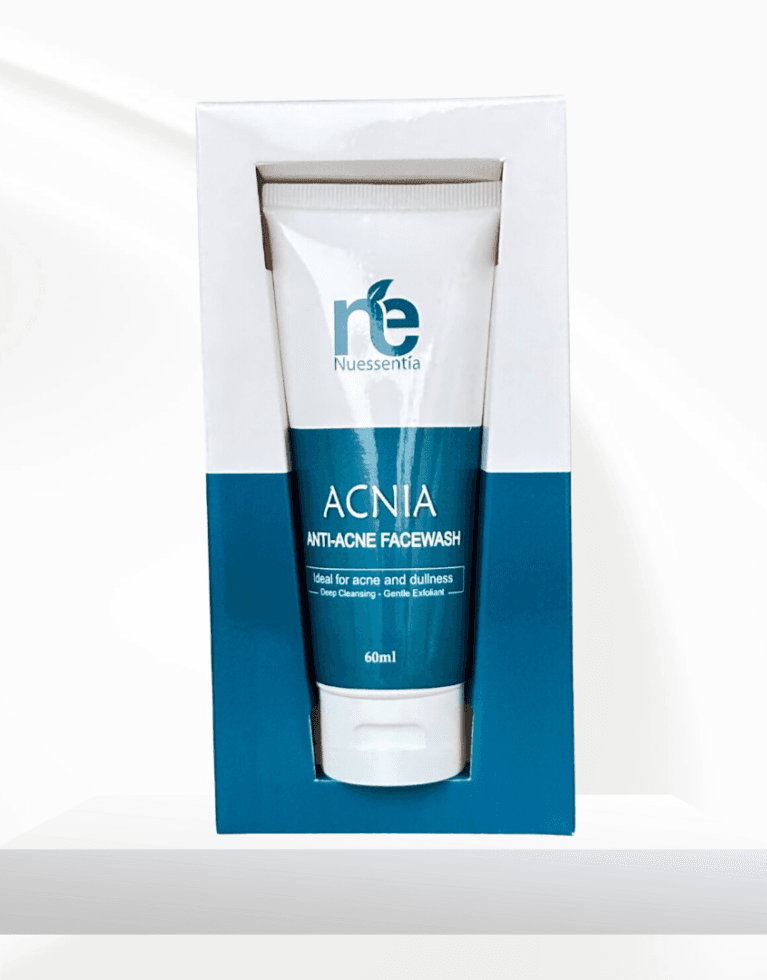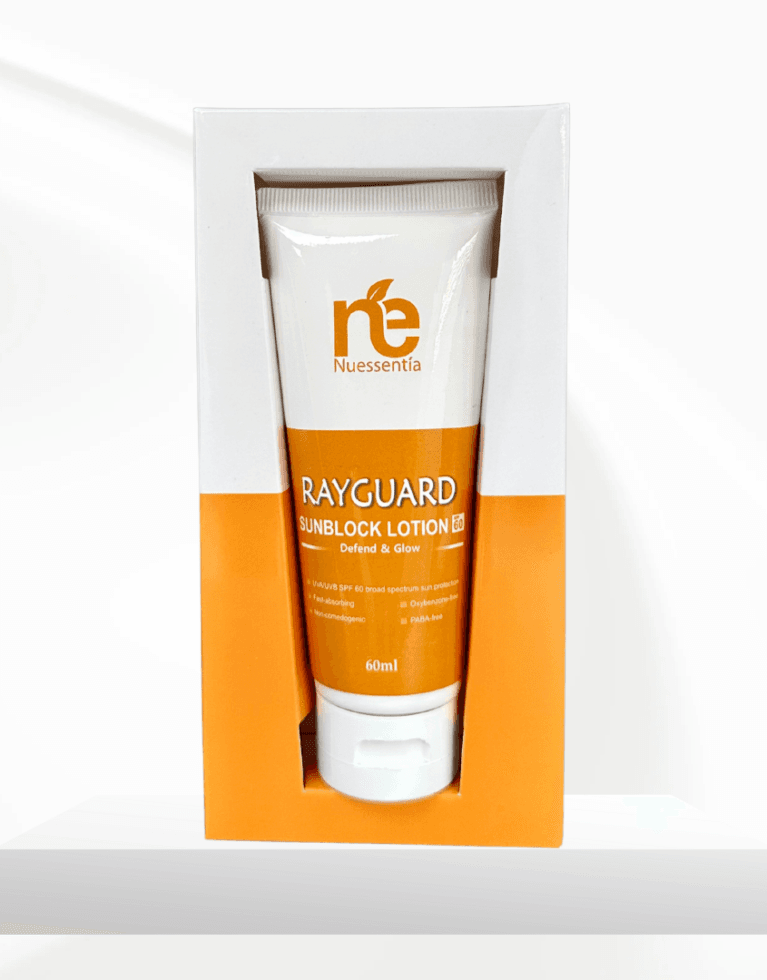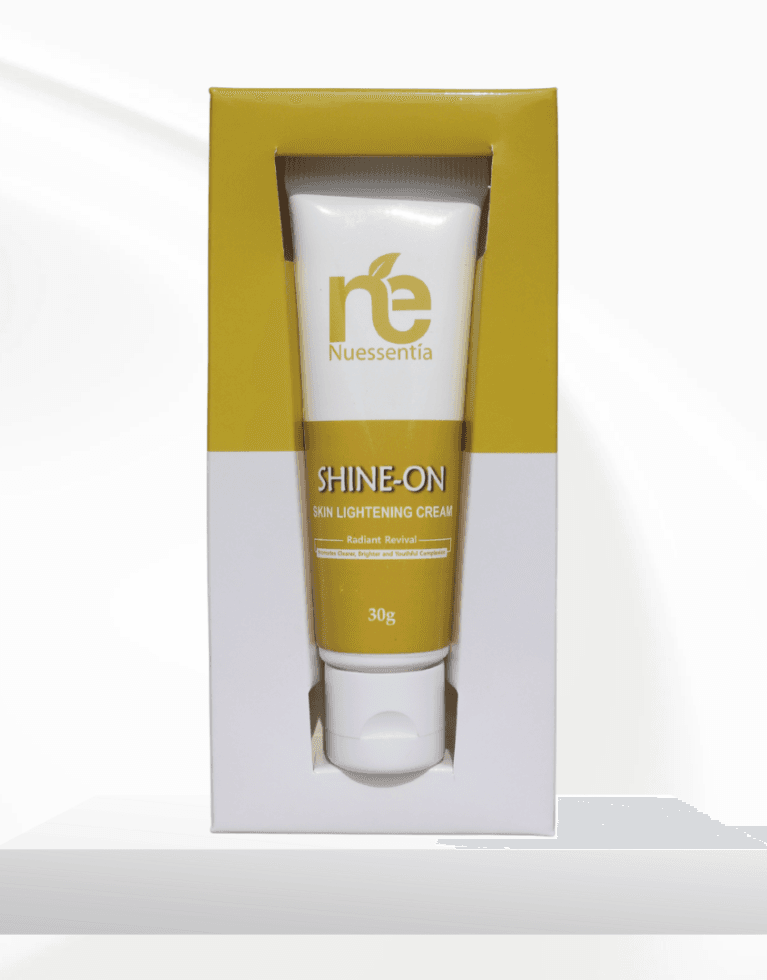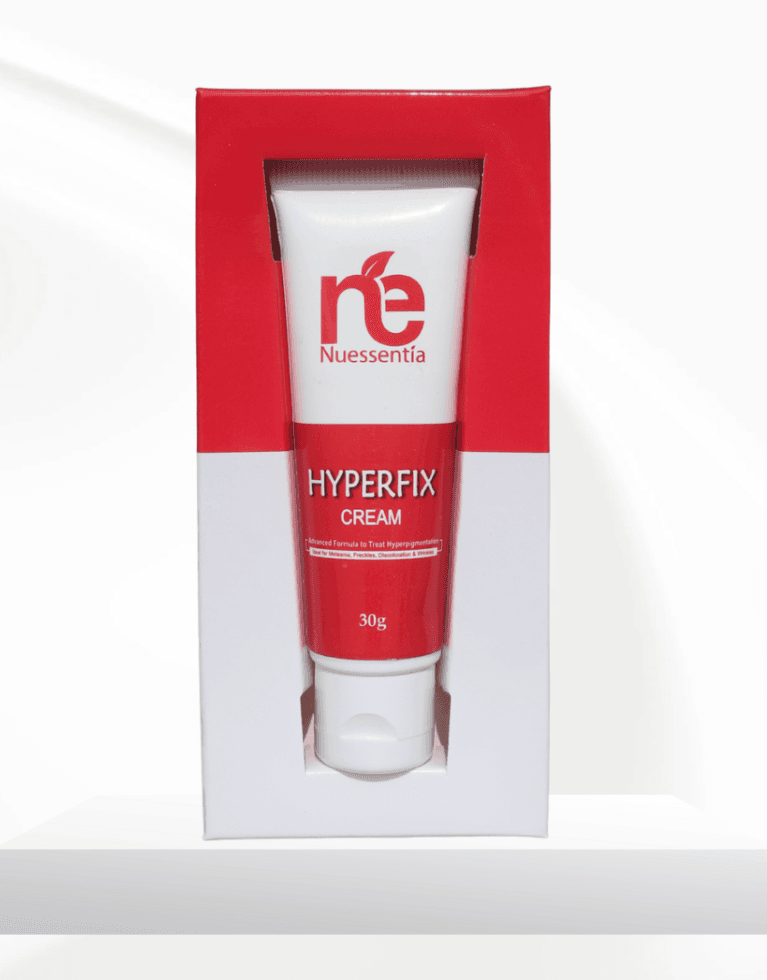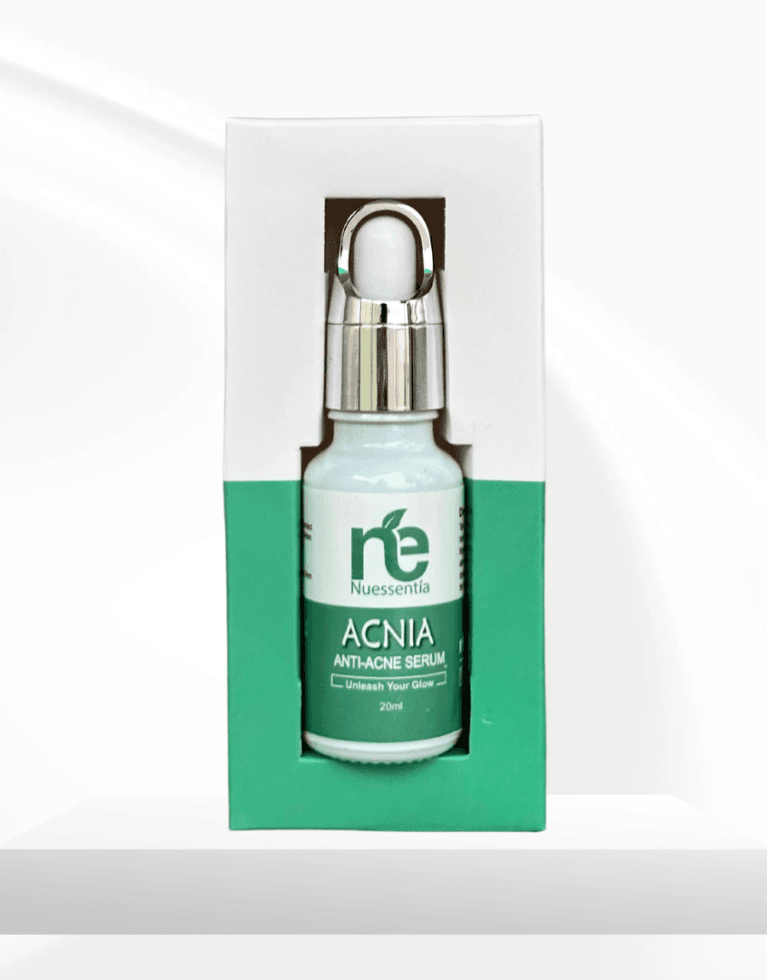Is Using Sunblock Necessary During Winters? The Ultimate Guide to Year-Round Skincare
When winter rolls around, many of us tuck away our summer essentials, including our trusty bottles of sunscreen. But is using sunblock necessary during winters? The short answer: Yes, it absolutely is! In fact, protecting your skin from the sun’s harmful rays is a year-round responsibility, no matter how chilly it gets outside. Let’s dive deep into why sunblock remains a vital part of your winter skincare routine and debunk some common myths along the way. Introduction: Why Sunblock Shouldn’t Be Seasonal We often associate sun protection with hot summer days, beach outings, and glaring sunshine. So, when the temperatures drop, it seems logical to assume we don’t need sunscreen anymore. However, the sun’s UV rays don’t take a break just because it’s cold outside. In reality, the harmful effects of the sun’s ultraviolet (UV) radiation are still present, even on cloudy and snowy winter days. This brings us to the million-dollar question: Is using sunblock necessary during winters? Let’s explore why sun protection should be a year-round practice and how it can prevent long-term skin damage. The Silent Dangers of Winter Sun Exposure UV Radiation Doesn’t Disappear in Winter One of the most common misconceptions about winter is that the sun isn’t as strong. While the heat of the sun may feel milder, the strength of ultraviolet (UV) rays, particularly UVA rays, remains relatively constant throughout the year. UVA rays penetrate the skin more deeply than UVB rays, and they can lead to premature aging, wrinkles, and an increased risk of skin cancer. According to research, up to 80% of UV rays can pass through clouds. This means that even on overcast winter days, your skin is still exposed to these harmful rays. Additionally, snow reflects up to 80% of UV rays, intensifying your exposure, especially when skiing, hiking, or simply enjoying the snowy outdoors. So, even when you’re bundled up, those exposed parts of your face—like your nose, cheeks, and lips—are highly vulnerable. The Link Between UV Rays and Skin Aging Did you know that sun exposure is responsible for 90% of visible skin aging? Sun-induced damage in the form of hyperpigmentation, fine lines, and wrinkles doesn’t just occur during the summer months. Rayguard SPF60 Sunblock Lotion by Nuessentia is your perfect ally for winter skincare. Its broad-spectrum protection helps combat both UVA and UVB rays, preventing signs of aging all year long. Remember: protecting your skin in winter is just as essential as moisturizing it. Neglecting to use sunscreen means leaving your skin exposed to harmful rays, leading to long-term damage. Sunblock in Winter: What the Experts Say Debunking the Myth: “I Don’t Need Sunscreen Because I’m Indoors All Day” Think being indoors protects you from UV damage? Think again! UVA rays can easily penetrate through windows. Whether you’re working by a window, sitting in your car, or enjoying the daylight in your home, you’re still exposed to these rays. Regular use of sunblock, even if you’re staying mostly indoors, is crucial to keep your skin protected. Our Rayguard SPF60 Sunblock Lotion not only offers exceptional outdoor protection but is also lightweight and non-greasy, making it ideal for daily indoor use without clogging pores. Winter Activities that Increase UV Exposure If you enjoy winter sports like skiing or snowboarding, your UV exposure can skyrocket. As mentioned earlier, snow reflects UV rays, meaning you’re essentially getting a double dose of sun exposure. In higher altitudes, UV radiation increases, so the higher you go, the stronger the sun’s rays. For outdoor winter enthusiasts, Rayguard SPF60 Sunblock Lotion offers superior protection. Its long-lasting formula is water-resistant, ensuring you’re covered even if you break a sweat or spend hours in the snow. Choosing the Right Sunblock for Winter Broad-Spectrum Protection: The Ultimate Shield When selecting a sunblock for winter, opt for a broad-spectrum sunscreen. This ensures that your skin is protected from both UVA and UVB rays. Nuessentia’s Rayguard SPF60 Sunblock Lotion is formulated with Red Algae Extract, Zinc Oxide, Titanium Dioxide, and Vitamin E, which together offer powerful protection against all UV radiation while nourishing your skin. Moisturizing Benefits: A Must for Winter Skin Winter air can be harsh and dry, leading to flaky and dehydrated skin. To combat this, look for sunblocks that provide extra hydration. The Rayguard SPF60 Sunblock Lotion not only shields your skin from the sun but also delivers a boost of moisture, thanks to its Tocopherol Acetate (Vitamin E) and skin-soothing properties. This way, you can keep your skin hydrated and protected in one simple step. Practical Tips for Incorporating Sunblock Into Your Winter Routine Now that we know how crucial sunblock is during winter, let’s discuss some practical tips on how to make it a consistent part of your winter skincare routine: Apply Sunblock in the Morning: Even if you’re just running errands or going to work, make it a habit to apply sunscreen after your moisturizer. Consider adding Rayguard SPF60 Sunblock Lotion after your favorite hydrating products, such as Nuessentia’s Hyperfix Cream to keep pigmentation at bay or Shine-On Cream for a bright, glowing complexion. Don’t Forget About Your Lips and Hands: These areas are often neglected, but they can also suffer from UV damage. Use a lip balm with SPF and don’t forget to apply sunscreen on the back of your hands. Reapply During the Day: If you’re spending long hours outdoors, don’t forget to reapply every 2 hours, especially after sweating or exposure to water. Keep a small bottle of Rayguard SPF60 Sunblock Lotion handy for easy reapplication. Layer with Makeup: Many foundations and tinted moisturizers now come with SPF. Layering SPF products, like using a sunblock under your makeup, can offer extra protection. Addressing Common Concerns About Sunblock in Winter Does Sunblock Clog Pores or Cause Breakouts? Many worry that sunscreen may cause breakouts, especially in colder months when our skin is already prone to dryness and irritation. However, the key is choosing a sunscreen that is non-comedogenic, meaning it won’t clog pores. Nuessentia’s Rayguard SPF60 Sunblock Lotion is






